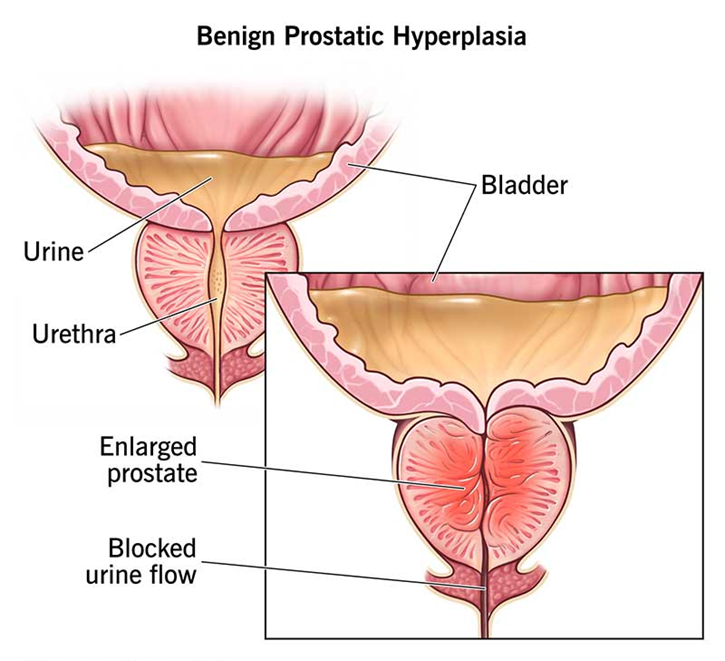A nurse is educating community members about how to prepare for a disaster. Which of the following items should be included in a disaster preparedness kit? (Select all that apply)
Clean clothing.
Personal identification.
Three quarts of water per person.
Matches.
Prescription medications.
Correct Answer : A,B,D,E
Choice A reason:
Clean clothing is necessary for maintaining hygiene and comfort in disaster situations. Limited access to laundry facilities makes having extra clothing essential for preventing infections and staying dry in extreme weather.
Choice B reason:
Personal identification is crucial during emergencies to access aid, medical services, and shelters. Important documents such as passports or insurance cards help verify identity and facilitate assistance.
Choice C reason:
Three quarts of water per person is not the recommended amount. The standard guideline advises one gallon of water per person per day to meet hydration and sanitation needs, ensuring sufficient supply in prolonged emergencies.
Choice D reason:
Matches are useful for starting fires needed for cooking, warmth, and signaling for help. Waterproof matches or lighters should be included to ensure functionality in wet conditions.
Choice E reason:
Prescription medications are vital for those with chronic health conditions. Having a sufficient supply ensures continuity of treatment, especially when pharmacies may be inaccessible during disasters.
Nursing Test Bank
Naxlex Comprehensive Predictor Exams
Related Questions
Correct Answer is D
Explanation
Choice A reason: Painful urination
Painful urination, or dysuria, is not a typical symptom of benign prostatic hyperplasia (BPH). BPH primarily affects the flow of urine due to the enlargement of the prostate gland, which can obstruct the urethra. While BPH can cause discomfort, it does not usually result in painful urination. Painful urination is more commonly associated with urinary tract infections (UTIs) or other conditions affecting the urinary tract.
Choice B reason: Urge incontinence
Urge incontinence, characterized by a sudden and intense urge to urinate followed by involuntary loss of urine, can occur in some cases of BPH but is not the most common symptom. BPH typically causes symptoms related to urinary obstruction, such as difficulty starting urination, weak urine stream, and incomplete bladder emptying. Urge incontinence may develop if the bladder becomes overactive due to the obstruction, but it is not a primary symptom.
Choice C reason: Critically elevated prostate-specific antigen (PSA) level
While an elevated prostate-specific antigen (PSA) level can be associated with BPH, it is not a definitive finding. PSA levels can be elevated due to various conditions, including prostate cancer, prostatitis, and BPH. However, a critically elevated PSA level is more concerning for prostate cancer rather than BPH. Therefore, while PSA testing is useful in the evaluation of prostate conditions, it is not specific to BPH.
Choice D reason: Difficulty starting the flow of urine
Difficulty starting the flow of urine, also known as hesitancy, is a hallmark symptom of BPH. The enlarged prostate gland can compress the urethra, making it difficult for urine to pass through. This can lead to a weak urine stream, straining to urinate, and a feeling of incomplete bladder emptying. These symptoms are collectively known as lower urinary tract symptoms (LUTS) and are commonly associated with BPH.

Correct Answer is A
Explanation
Choice A reason:
The first step in removing an NG tube is to verify the provider’s prescription to discontinue the tube. This ensures that the removal is authorized and appropriate for the client’s current condition.
Choice B reason:
Disconnecting the tube from the wall suction is an important step, but it should be done after verifying the provider’s prescription. This step prevents any suction-related complications during the removal process.
Choice C reason:
Performing hand hygiene is crucial to prevent infection, but it is not the first step. Hand hygiene should be performed after verifying the provider’s prescription and before touching the client or any equipment.
Choice D reason:
Providing mouth care to the client is important for comfort and hygiene, but it is not the first step in the process of removing an NG tube. This can be done after the tube has been safely removed.
Whether you are a student looking to ace your exams or a practicing nurse seeking to enhance your expertise , our nursing education contents will empower you with the confidence and competence to make a difference in the lives of patients and become a respected leader in the healthcare field.
Visit Naxlex, invest in your future and unlock endless possibilities with our unparalleled nursing education contents today
Report Wrong Answer on the Current Question
Do you disagree with the answer? If yes, what is your expected answer? Explain.
Kindly be descriptive with the issue you are facing.
